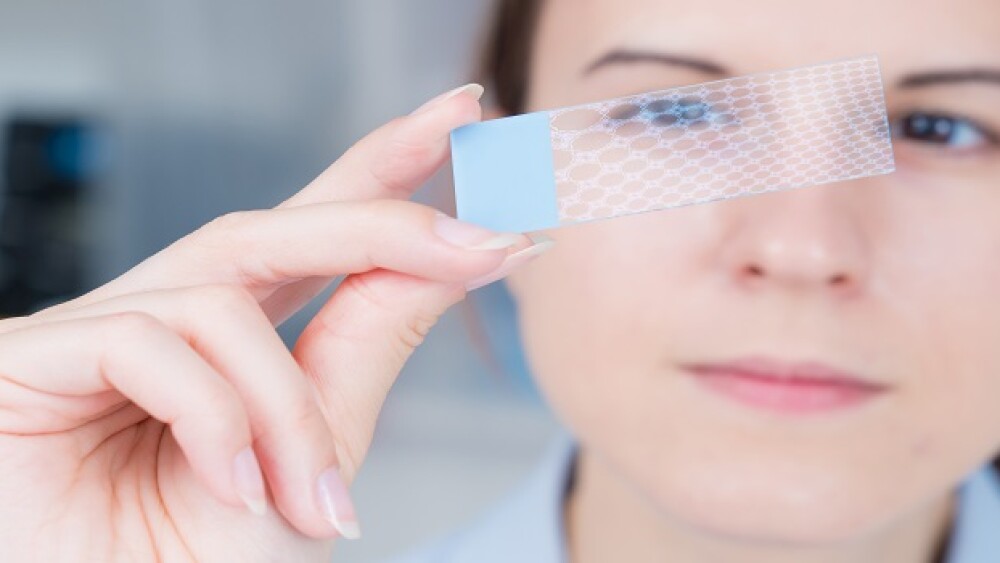For some time, the difference between a biotechnology company and a pharmaceutical company was straightforward. A biotechnology focused on developing drugs with a biological basis. Pharmaceutical companies focused on drugs with a chemical basis. But what about nanotechnology? Is that biotechnology?
For some time, the difference between a biotechnology company and a pharmaceutical company was straightforward. A biotechnology focused on developing drugs with a biological basis. Pharmaceutical companies focused on drugs with a chemical basis.
It was sort of an artificial distinction, and is even more so now because pharmaceutical companies haven’t excluded biologics from their portfolios. At one time there were even distinctions in the definitions related to small molecules versus large molecules, but those are largely in the dustbin of biopharma vocabulary. It’s one reason why “biopharma” itself is a useful word to bridge the two, and really, biotech and pharma are largely interchangeable.
Nanotechnology Versus Biotechnology
But what about nanotechnology? Is that biotechnology?
The answer to that seems to be … yes and no.
Nanotechnology typically refers to technology that is less than 100 nanometers in size. Although not horribly useful for differentiating things on the microscopic—or smaller—scale, there are 25,400,000 nanometers in an inch. So … small. Really small.
Wouldn’t that refer to many drugs? Yes, probably. But nanotechnology typically refers to tech made of manmade and inorganic materials in that size range. Again, the key word is “typically.”
There is overlap. Liji Thomas, writing for Azo Nano, says, “Nanobiotechnology deals with technology which incorporates nanomolecules into biological systems, or which miniaturizes biotechnology solutions to nanometer size to achieve greater reach and efficacy…. Bionanotechnology, on the other hand, deals with new nanostructures that are created for synthetic applications, the difference being that these are based upon biomolecules.”
Clear? Probably not. Here are some examples of biotechnology companies utilizing nanotechnology, along with whatever tools they need to develop their compounds.
PEEL Therapeutics. PEEL Therapeutics is a small biotech company, largely in stealth mode, founded by Joshua Schiffman, an associate professor of Pediatrics at the University of Utah and Avi Schroeder, an assistant professor of chemical engineering at the Technion-Israel Institute of Technology. Schiffman was doing work on a tumor suppressor gene, p53, which shows up at very high numbers in elephants. Elephants have significantly lower rates of cancer than humans, who normally have two normal copies of p53. Humans with a disease called Li-Fraumeni Syndrome, have only one, and they have a 100 percent change of getting cancer, or very close to it.
What PEEL is attempting to do is build a synthetic version of p53 and insert them into a novel drug delivery system using nanotechnology. “Peel,” by the way, is the phonetic spelling of the Hebrew word for elephants. eP53 has been successfully encapsulated in nanoparticles, and at least in petri dishes, has demonstrated proof of concept. Elephants are not being experimented upon.
Exicure. Based in Skokie, Illinois, Exicure (formerly known as AuraSense) is a clinical stage biotechnology company that’s working on a new class of immunomodulatory and gene regulating drugs that uses proprietary three-dimensional, spherical nucleic acid architecture. The SNA technology came out of the laboratory of Chad Mirkin at the Northwestern University International Institute for Nanotechnology.
The company has received financing from the likes of Microsoft’s Bill Gates, Aon founder Pat Ryan, David Walt, co-founder of Illumina, and Boon Hwee Koh, director of Agilent Technologies.
The technology platform is complex, but it is essentially various single and double-stranded nucleic acids stuck on the outside of a nanosphere. They are able to easily penetrate cells, which then trigger immune responses.
SpyBiotech. Headquartered in Oxford, UK, SpyBiotech focuses on the so-called “super glue” that combines two parts of the bacteria that causes strep throat. It was spun out of Oxford University, and was based on research performed by its Department of Biochemistry and the Jenner Institute. When the bacteria that cause step throat are separated, they are attracted to each other and attempt to reattach.
The company is working to use this principle to develop vaccines that, instead of using virus-causing bacteria, will bind onto viral infections. One of the bacteria that can cause strep throat, impetigo and other infections, Streptococcus pyogenes, is often shortened to Spy, hence the name of the company. When Spy is split into a peptide (SpyTag) and its protein partner (SpyCatcher), they are attracted to each other. The researchers isolated the “glue” that creates the attraction, and believe it can be used to bond vaccines together.
The company has backing from GV, formerly Google Ventures, the venture fund backed by Alphabet/Google.
One of the company’s founders is Mark Howarth, professor of Protein Nanotechnology at the University of Oxford. The fact that he’s working on protein nanotechnology undercuts a traditional definition of nanotechnology as not using biological materials. On his website, Howarth notes that SpyTag and SpyCatcher “is the strongest protein interaction yet measured and is being applied around the world for diverse areas of basic research and biotechnology. We are extending this new class of protein interaction, to create novel possibilities for synthetic biology.”
Ultimately, when researchers are developing drugs, they are using whatever tools are necessary to find effective treatments for diseases. Biotechnology may more accurately be thought of as a set of tools and a philosophical approach to solving biological problems, compared to pharmaceuticals, and nanotechnology is yet another tool. In the wider world of drug discovery and development, there is also increasing use of artificial intelligence, data science and computational algorithms as well. And who knows what will be used tomorrow.





